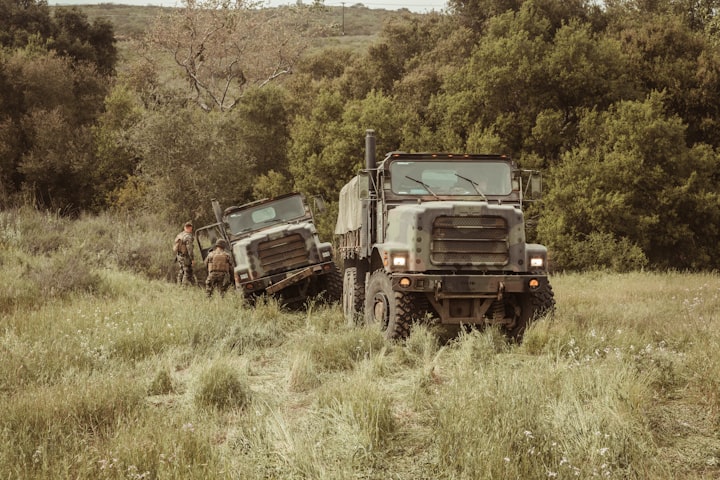Causes and Prevention for Construction Site Crane Accidents in New York
Construction Site Crane Accidents

Construction sites are bustling with activity and heavy machinery, where safety is paramount. In New York, crane accidents on construction sites have been a significant concern, often leading to severe injuries or fatalities. Understanding the causes and implementing strict prevention measures is crucial. Should an accident occur, consulting a Experienced New York construction accident lawyer can provide guidance and support to those affected.
Common Causes of Crane Accidents
1. Mechanical Failures:
The integrity of a crane's mechanical components is crucial for safe operation. Failures can occur in the crane's hydraulics, motors, or structural components, often due to wear and tear or manufacturing defects. Regular inspections and maintenance by qualified professionals can identify issues like corrosion, hydraulic fluid leaks, or wear on cables and hooks before they result in failures. This proactive approach is essential for preventing accidents that could lead to significant property damage, injuries, or even fatalities.
2. Operator Error:
Crane operation is a skill that requires extensive training and experience. Mistakes can happen when operators are not familiar with the specific model of crane they are using or when they are operating under pressure. Inadequate training on safety practices, load calculation, and crane controls can lead to errors that have devastating consequences. Comprehensive training programs, including simulations and supervised hands-on experience, are critical to prepare operators to handle the complexities of crane operation safely.
3. High Winds and Adverse Weather Conditions:
Cranes, with their tall structures, are extremely susceptible to the forces of nature, especially high winds, which can sway or tip cranes, leading to accidents. To mitigate this risk, it's crucial to monitor weather reports and have protocols in place to secure or lower cranes when wind speeds exceed safe operating limits. Additionally, the use of anemometers on cranes can provide real-time wind speed readings, helping operators make informed decisions about when to halt operations.
4. Inadequate Safety Measures:
The construction site environment is dynamic, and safety measures must be strictly followed to prevent crane accidents. This includes ensuring that loads are properly secured and balanced, maintaining a clear communication line between operators and ground personnel, and ensuring that cranes are operated at a safe distance from power lines and other hazards. Regular safety audits and training can reinforce the importance of these practices and ensure compliance.
Prevention Strategies
1. Regular Maintenance and Inspections:
A robust maintenance and inspection schedule is the first line of defense against crane accidents. This includes not only checking mechanical components but also ensuring that software and safety systems are functioning correctly. Maintenance logs should be meticulously kept, detailing all inspections, repairs, and replacements.
2. Comprehensive Training for Operators:
Beyond basic operation skills, operators should be trained in emergency response procedures, understanding of load dynamics, and the specific operational characteristics of each crane type. Recurrent training ensures that operators stay updated on the latest safety standards and techniques.
3. Weather Monitoring:
Advanced planning for adverse weather conditions involves more than just monitoring weather reports. It includes training personnel to recognize signs of changing weather conditions and making quick decisions to cease operations if necessary. Investing in technology for real-time weather monitoring on-site can significantly enhance this aspect of crane safety.
4. Implementation of Safety Protocols:
Developing and enforcing a comprehensive set of safety protocols is crucial. This should cover all aspects of crane operation, from pre-operation checks and load securing to emergency response plans. Regular drills and training sessions can help ensure that all team members know these protocols well.
5. Use of Technology:
The adoption of new technologies, such as GPS for precise positioning, anti-collision software, and load moment indicators, can greatly enhance crane safety. These systems provide operators with additional information and automated warnings that can prevent accidents before they happen.
In the midst of focusing on prevention and safety, construction sites must also be prepared for the unexpected. In the event of an accident, having access to legal expertise is crucial. A New York construction accident lawyer can offer invaluable assistance, helping victims navigate the complexities of legal claims and seek justice.
Ensuring the safety of construction sites, particularly those involving crane operations, requires a concerted effort from all stakeholders. By understanding the causes of crane accidents and rigorously implementing prevention strategies, the construction industry in New York can protect its workers and the public from the dangers associated with crane operations.
About the Creator
Henry Martyn
Experienced Personal Injury Lawyer






Comments
There are no comments for this story
Be the first to respond and start the conversation.